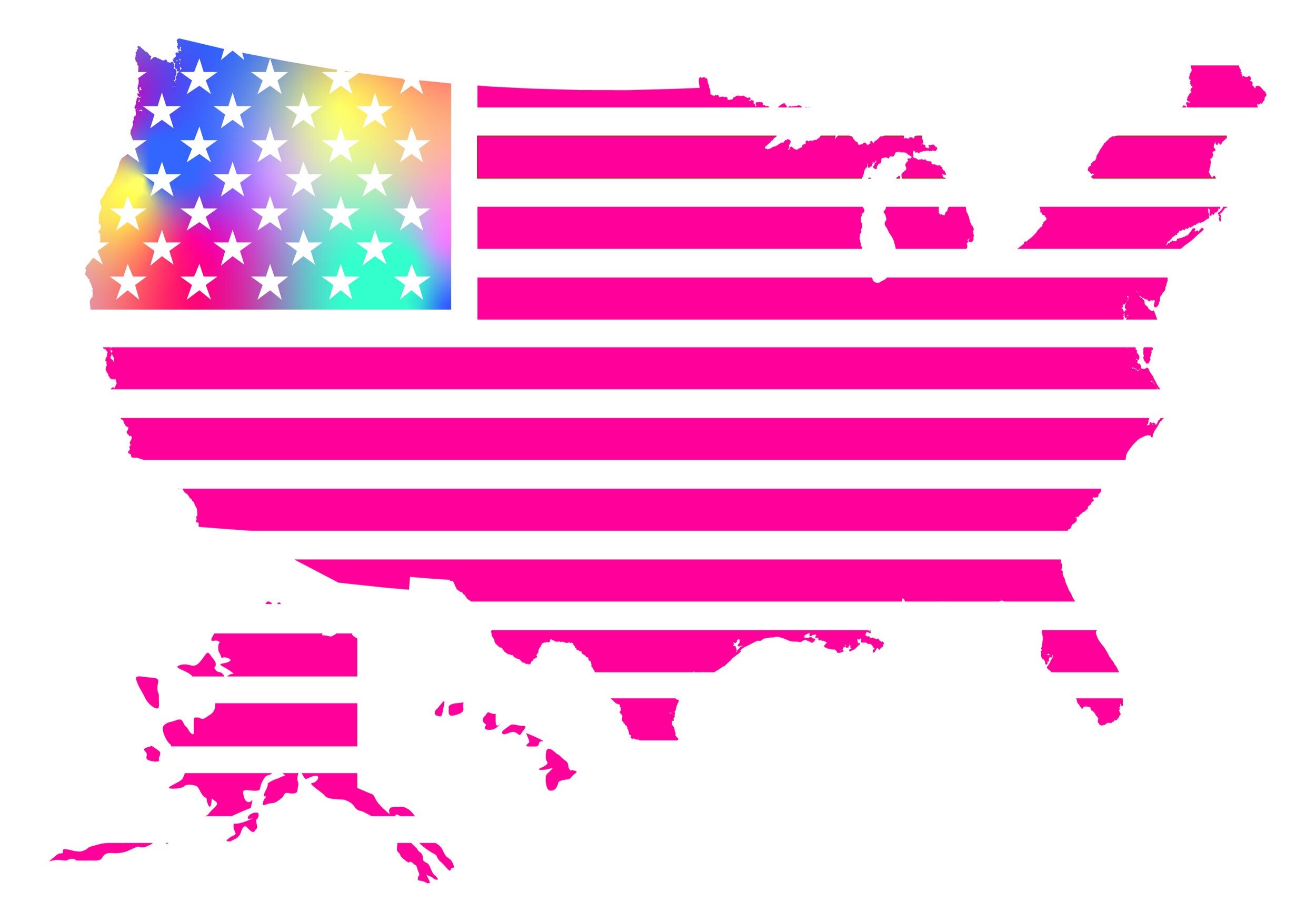So you’ve got your laser cut pieces and now you want to glue them together, but what glue should you use?
Every maker has their personal preference, but this is what we use, we’d recommend and why!
We use two different adhesives regularly although we have tried many many more.
Araldite Rapid
What is it?
Araldite is the brand name for a two part epoxy resin (which is a glue, remember we’re talking about glues ;) )
How do you apply it?
Squeeze an equal amount of each tube, mix it together, and then use the spatula to apply it to one surface of what you are gluing together. It takes 5 minutes to set and 24 hours to harden.
Always follow instructions on the bottle and use it in a well ventilated area.
Why is it great?
It dries clear (not yellow-y), it is touch dry in 5 minutes, you can use it on most things!
What can I use it on?
You can use Araldite to glue together:
ALL acrylic to acrylic - including mirror acrylic.
Acrylic to wood veneers or birch ply
Acrylic to findings, such as metal brooch backs or earring posts (plated or not) .
What shouldn’t I use it on?
Araldite can’t be used on PP = Polypropylene, PE = Polyethylene or PTFE = Polytetrafluorethylene.
Environmental impact
It’s an environmentally friendly product formulation plus eco-friendly packaging for easy recycling. It’s not toxic and suitable to be used by children (so really not toxic) but you should still use all adhesives in well ventilated areas.
PK1
What is it?
A thin solvent used to bond together acrylic. DO NOT USE ON MIRROR ACRYLIC!
How do you apply it?
You’re going to use a syringe and a needle. FIRST THINGS FIRST, there’s absolutely no reason the needle needs to be that sharp. Use some pliers to snap off the point. There, you’re much safer now.
Also please make sure you’re wearing all the correct PPE, this stuff isn’t very nice, although it does a very good job.
Then push the syringe all the way to the bottom and then use the syringe needle to draw some of the fluid into the syringe. Once full, push down a little to remove any air. If you do not remove the air it will splutter everywhere. Lightly fill the surface area of the acrylic with the fluid and place the piece you are attaching on top. Then use the syringe to apply more fluid to the seam of the join, this uses the capillary method and glue wicks to the middle of the acrylic piece. You will need to hold the piece in the correct place until it bonds together. Once bonded there is no wiggle room.
Always follow instructions on the bottle and use it in a well ventilated area.
Why is it great?
It’s not glue so it bonds the acrylic together within a few minutes. It’s quick to apply.
What can I use it on?
You can use PK1 to bond together:
Gloss acrylic to other gloss acrylic ONLY.
What shouldn’t I use it on?
PK1 can’t be used on mirror acrylic, wood or findings.
Environmental impact
It’s toxic you should use all adhesives in well ventilated areas and we’d suggest wearing a mask and gloves with this too as it can cause some nasty burns.
Other glues
- that get discussed regularly and are favorited by other makers:
Mirror Mate, as it says, it’s for mirrors (acrylic or glass). But comes in a big tube like polyfiller so best used for signage and other large surface area pieces.
Araldite (the other ones), there’s a crystal formula that you are meant to be able to use for glass, obviously dries clear - not used before so can’t say much more. You can also try the longer cure versions of Araldite, but not sure why you would want to do this as there’s much more room for error and things setting in the wrong place.
E6000, it’s an American glue, dries clear and has a precision nozzle so can be less messy (or can be a big splodge-y mess if you squeeze too much out). DO NOT USE ON MIRROR ACRYLIC as it causes cracking and crazing.
UHU or Bostik all purpose, wouldn’t recommend as will cause cracking and crazing on mirrored acrylic, but also may cause a change in texture to the acrylic even on the outside surface that doesn’t have any adhesive on it.
Superglue, I’m sure you’ve all heard of superglue, do not use it! It creates a white residue that cannot be removed and WILL cause mirror acrylic to crackle.


